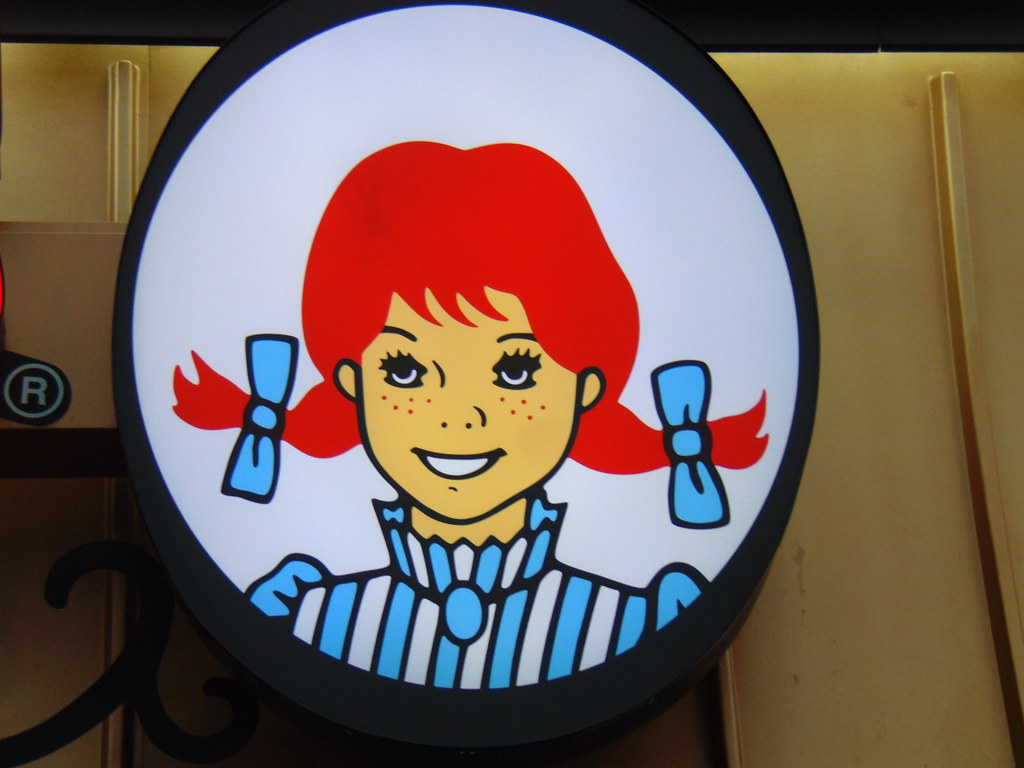In early September of 2019, an online magazine called The Cut published an essay by Natalie Beach that instantly went viral, spawning a plethora of opinion pieces and Twitter threads commenting on Beach’s story. In the essay, Beach explains that for years she has been ghostwriting and editing Instagram posts for her former best friend, controversial “influencer” Caroline Calloway.
Calloway, a 27-year Cambridge graduate with a degree in art history, rose to popularity on Instagram in 2013, eventually amassing over 800,000 followers. She doesn’t peddle dietary supplements or offer makeup tips; the only content she produces are the captions on her photos. Beneath each image of fireworks over the Cambridge skyline or her arm-in-arm with a boyfriend, she describes her personal life with the introspective and inviting language of a young adult novel.
This approach to social media, coupled with her brutal honesty about troubled relationships and drug addiction, might even have revolutionized Instagram. In an article on Calloway for Vox, Constance Grady notes that in 2013, “the idea of writing a blog post in an Instagram caption was new and fresh. It made her appear almost uniquely vulnerable: She was just a girl, she seemed to be telling her followers, trying to make it through her life in the beautiful, dangerous world.”
However, the illusion of down-to-earth relatability couldn’t last forever. Her Instagram posts eventually caught the eye of Flatiron, a major publishing house, which offered her a book deal for roughly half a million dollars. The deal fell through under mysterious circumstances, but it seems Calloway backed out of her contract without writing anything after spending the exorbitant advance from the publishers. She was heaped with even more criticism for her disastrous series of “creativity workshops.” The workshops would ostensibly teach attendees, who paid $165 each to participate, the ins and outs of brand-building and the artistic process. Many sessions were cancelled without refunds for ticket-buyers. Those who were able to attend claimed it was a glorified meet-and-greet at best, and a scam at worst, with one journalist dubbing it a one-woman Fyre festival.
While Calloway received negative attention from the media for these incidents, Beach’s essay has transformed her into a viral sensation. The article catalogues nearly a decade of hurt and deception, from Calloway’s struggle with addiction to Beach’s silent role in Calloway’s rise to fame. Now the media focus is on their fractured friendship, which in Beach’s essay reads like an Elena Ferrante novel transplanted from mid-20th century Naples to the virtual landscape of Instagram. But most remarkable about the story is Calloway’s continued commitment to telling all. Her Instagram feed is littered with screenshots of articles condemning her, with captions like “I cannot believe this is my life right now. I feel like I’m about to wake up at any moment.” She consistently emphasizes the unreality of the situation, her shock and hurt at how events have unfolded, and part of what keeps drawing people to her page is her willingness to comment on the drama rather than hide or stop posting.
Her response to this situation is exemplified by a trademark artsy-photo-with-lengthy-caption post about her relationship with Natalie. In the photo, Calloway stands before a large nude sculpture of a woman without arms. Like the statue, she has stripped herself bare before the court of public opinion, made herself vulnerable to fans and detractors alike.
This front of honesty, however, is more strategic than genuine. She hasn’t stopped creating an online persona, she’s just creating a different one. As Washington Post editorialist Molly Roberts astutely points out, “Calloway is still selling us something. She built her brand from the start, at least in part, by pointing out the deceptiveness of brand-building, blending Instagram’s typical aspirational posts with just enough vulnerability to make her look, well, genuine.” Vulnerability is the main weapon in Calloway’s arsenal, though she’s shifted from being vulnerable about boyfriends and addiction to being vulnerable about the scandal with Beach. She posts extensively about their friendship, pulling the curtain back on old stories, or as Roberts puts it, making herself look even more genuine by “contrasting [her new story] with the unreality she was selling everyone before.”
With her rough edges and insistence on openness, Calloway almost seems to have stepped out of the growing mass of Millennial literature about “unlikeable women,” which is perhaps why the media is so perversely attracted to Calloway’s story. In her essay “The Making of a Millenial Woman,” Rebecca Liu explores the moral implications of our obsessive interest with this kind of character. The classic example of this narrative follows “an archetypical Young Millennial Woman – pretty, white, cisgender, and tortured enough to be interesting but not enough to be repulsive. Often described as ‘relatable,’ she is, in actuality, not.” Rather, she is “more beautiful, more intelligent, and more infuriatingly precocious than we are in real life. But her charm lies in how she is still self-hating enough to be attainable: she’s an aspirational identifier.” Liu’s emphasis on “aspirational” is especially relevant to influencer culture, which relies on our dissatisfaction with ourselves and aspirations for “self-improvement” to reel us in.
Calloway’s employed vulnerability bears a particular resemblance to one of the unlikeable millenial women Liu touches on in her essay, the unnamed protagonist of the hit show Fleabag. The format of the show seems designed for an easy comparison to social media; the main character, played by the show’s creator Phoebe Waller-Bridge, is constantly addressing the audience with shocking honesty about everything from her sex life to her relationship with her family. It’s part of what makes the show funny, but her honesty functions on another level. By the end of the first series, we learn that Fleabag doesn’t tell us nearly as much as we think. In an interview with Paste Magazine, Waller-Bridge describes how her character is “using a certain type of honesty as a weapon of distraction. She talk very openly and honestly about sex so you feel like she’s being open with you when, actually, she’s completely hiding by doing that.”
This is exactly the approach taken by Calloway, using a “certain type of honesty” to create the illusion of genuineness. One might say that Calloway, unlike unlikeable women in fiction, is receiving condemnation for her actions rather than praise. However, our obsessive interest with her story, illustrated by a new Buzzfeed quiz titled “Are You a Caroline Calloway or a Natalie Beach?” smacks more of celebrity worship, of celebrating messiness and drama, than anything else. Our response to her is a kind of celebration, and as Liu points out,
“For every celebration of a rich white woman as carelessly destructive with her life as her privileged male counterparts, we should ask what it is that gives her the ability to be so brazen, and who is sidelined as collateral. Neurosis, often framed as a sign of powerlessness, can also be a sign of the opposite. To demand someone enter into and entertain your anxious mind-palace and reckon with your complicated and endlessly fascinating individuality can be an act of power. But who gets to be an individual to the Western public? Who gets to be complex?”
“To demand someone enter into and entertain your anxious mind-palace and reckon with your complicated and endlessly fascinating individuality can be an act of power” — this is exactly what Calloway’s Instagram posts ask us to do. Even when she is apologetic, even when she purports to be at her weakest, she holds power over her audience in a way that profits her in the end.
Part of the problem is the impetus to appear “relatable” (just messy enough to be interesting while still remaining palatable) online. Liu critiques this idea when she says that “Relatability as a critical tool leads only to dead ends, endlessly wielding a ‘we’ without asking who ‘we’ really are, or why ‘we’ are drawn to some stories more than others.” She asks, “What does it tell us that ‘we’ are meant to be drawn to women who live in elite social worlds, whose lifestyles many cannot afford, and whose rebellions against the world are always a little doomed and not that unconventional, even if we’re meant to think otherwise?”
Real personal growth cannot be achieved without vulnerability, but when influencers like Calloway substitute relatability with vulnerability, we end up consuming the same tired narratives without questioning who gets our attention and why.



